Astronomical Symbols Page #4
This page lists all the various symbols in the Astronomical Symbols category.
Astronomical symbols are symbols used to represent various celestial objects, theoretical constructs and observational events in astronomy. The earliest forms of these symbols appear in Greek papyri of late antiquity. The Byzantine codices in which the Greek papyri were preserved continued and extended the inventory of astronomical symbols. New symbols were further invented to represent many just-discovered planets and minor planets discovered in the 18th-20th centuries.
Symbols in this category:
Mars
Mars is the fourth planet from the Sun and the second smallest planet in the Solar System. Named after the Roman god of war, it is often described as the "Red Planet", as the iron oxide prevalent on its surface gives it a reddish appearance.
Mercury
Mercury is the smallest and closest to the Sun of the eight planets in the Solar System, with an orbital period of about 88 Earth days. Seen from the Earth, it appears to move around its orbit in about 116 days, which is much faster than any other planet.
Moon
The Moon is the only natural satellite of the Earth, and the fifth largest satellite in the Solar System. It is the largest natural satellite of a planet in the Solar System relative to the size of its primary, having 27% the diameter and 60% the density of Earth, resulting in 1⁄81 its mass. The Moon is the second densest satellite after Io, a satellite of Jupiter.
Neptune
Neptune is the eighth and farthest planet from the Sun in the Solar System. It is the fourth-largest planet by diameter and the third-largest by mass. Among the gaseous planets in the solar system, Neptune is the most dense.
Ophiuchus
13 zodiac, Astronomical Constellation Ophiuchus from about November 29 to December 18.
Opposition (planets)
180° angle/Six signs apart
The glyph of the Conjunction plus a circle on top of its line, implying two objects are in front (opposed) of each other.
Pentacle
A pentacle (or pantacle in Thelema) is an amulet used in magical evocation, generally made of parchment, paper or metal (although it can be of other materials), on which the symbol of a spirit or energy being evoked is drawn. It is often worn around the neck, or placed within the triangle of evocation. Protective symbols may also be included (sometimes on the reverse), a common one being the five-point form of the Seal of Solomon, called a pentacle of Solomon or pentangle of Solomon. Many varieties of pentacle can be found in the grimoires of Solomonic magic; they are also used in some neopagan magical traditions, such as Wicca, alongside other magical tools.
Pluto
Pluto, formal designation 134340 Pluto, is the second-most-massive known dwarf planet in the Solar System (after Eris) and the tenth-most-massive body observed directly orbiting the Sun.
Quadrature (astronomy)
In astronomy, quadrature is the aspect of a heavenly body in which it makes a right angle with the direction of the Sun. It is applied especially to the apparent position of a superior planet, or of the Moon at first and last quarters.
Saturn
Saturn is the sixth planet from the Sun and the second largest planet in the Solar System, after Jupiter. Named after the Roman god of agriculture, Saturn, its astronomical symbol (♄) represents the god's sickle.
Saturn\Lead #1
A symbol representing both the planet Saturn and the metal lead. These two things were often associated with each other. For more details, see the symbols for 'Saturn' and 'Lead'.
Saturn\Lead #2
A symbol representing both the planet Saturn and the metal lead. These two things were often associated with each other. For more details, see the symbols for 'Saturn' and 'Lead'.
Citation
Use the citation below to add this symbols category to your bibliography:
Style:MLAChicagoAPA
"Astronomical Symbols." Symbols.com. STANDS4 LLC, 2024. Web. 23 Nov. 2024. <https://www.symbols.com/category/34/Astronomical+Symbols>.


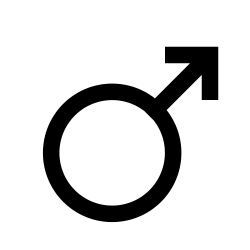
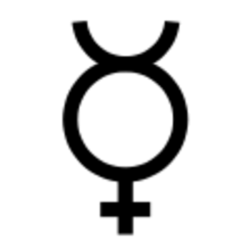
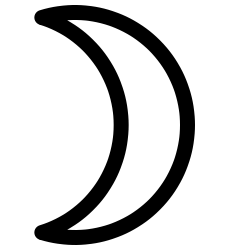
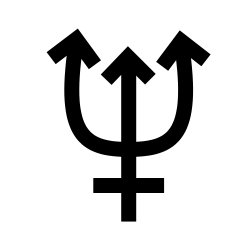

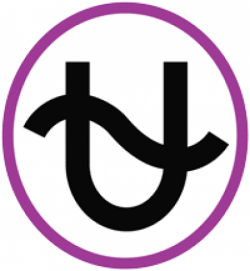

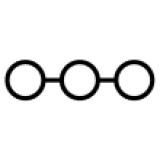
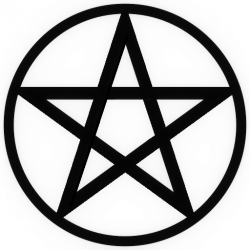
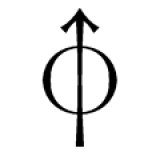
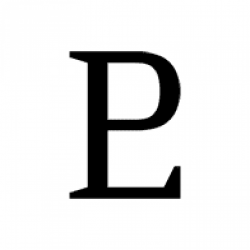

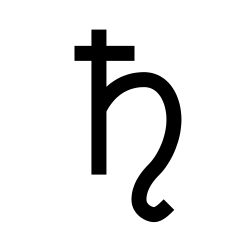
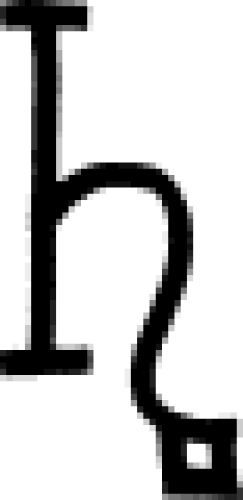
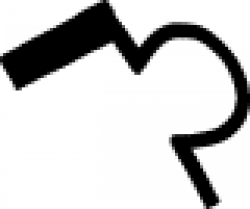
Have a discussion about the Astronomical Symbols category with the community:
Report Comment
We're doing our best to make sure our content is useful, accurate and safe.
If by any chance you spot an inappropriate comment while navigating through our website please use this form to let us know, and we'll take care of it shortly.
Attachment
You need to be logged in to favorite.
Log In